
Authors: Aline Mosnier (SDSN), Maria Diaz (SDSN).
The Sustainable Development Goal (SDG) targets related to food and land systems are particularly off-track. Globally, 600 million people are projected to suffer from hunger by 2030. At the same time, obesity is increasing globally, and greenhouse gas emissions from Agriculture, Forestry, and Other Land Use (AFOLU) represent almost a quarter of annual global GHG emissions.
The FABLE Consortium has developed new pathways to promote ambitious policies to achieve targets related to agricultural productivity, reduced environmental footprint, and diet shifts. The results are featured in the 9th edition of the Sustainable Development Report (SDR) by the UN Sustainable Development Solutions Network (SDSN).
Explore the FABLE chapterAbout the FABLE Scenathon 2023
The FABLE Scenathon is an iterative process that aligns national and regional pathways with global sustainability targets, ensuring coherent trade assumptions. This is the third Scenathon since 2019, involving 22 country teams representing 60% of the world's terrestrial land and 4.5 billion people. To ensure global representation, the remaining countries are organized into six 'rest of world' regions.

Source: FABLE (2024) in Sachs et al. (2024) Sustainable Development Report.
In the 2023 Scenathon, FABLE teams agreed on 16 global targets for food and land-use systems to be achieved collectively and simultaneously, including new targets on food consumption limits, undernourishment prevalence, biodiversity to reflect the Kunming-Montreal global framework, and maximum application limits for phosphorus and nitrogen.
The results are derived from the national and regional FABLE Calculators (v46) using the scenathon modelling infrastructure (scenathon.org) and aggregated at the global level, balanced with international trade data. Other models, such as the global partial equilibrium models MAgPIE and GLOBIOM, provided complementary results for some countries (e.g., India, China), allowing useful benchmarking of results across pathways.

Notes:(i) MDER = Minimum Dietary Energy Requirement. (ii) This target includes on-farm CO2, CH4, and N2O emissions from crops and livestock production, with CO2e computed using AR6 GWP. (iii) AFOLU = agriculture, forestry and other land use. This target includes CO2 emissions from crops and livestock production, CO2 emissions from land conversion, CO2 sequestration from afforestation and abandonment of agricultural land, and CO2 savings due to the substitution of fossil fuels by biofuels. Source: FABLE (2024) in Sachs et al. (2024) Sustainable Development Report.
Pathways to the Future
The Scenathon results are compared with the global targets across three pathways which depict alternative narratives of the future:
• Current Trends: a low-ambition trajectory based on historical trends and existing policies, offering a glimpse into a future heavily reliant on the current level of implementation and enforcement.
• National Commitments: a trajectory that attempts to predict how food and land systems will evolve if national strategies, pledges, and targets concerning climate, biodiversity, and food systems are met. This is based on a review of policy documents that describe the national climate and biodiversity strategies, the UN food system pathway, the national dietary guidelines, and other relevant policy documents for food and land systems.
• Global Sustainability: this pathway identifies how additional actions could be taken to help fill remaining gaps between aggregated national and regional pathways and the collectively agreed global sustainability targets.
Explore the National PathwaysSustainability of food and land use systems: where do we stand and what’s needed
Of the 16 targets used to assess progress towards sustainable food systems, the Current Trends pathway meets only two, with the gap for climate mitigation, lower nitrogen and phosphorus application, and enhanced biodiversity targets widening compared to 2020. The most ambitious pathway, Global Sustainability, reaches five targets and makes progress towards all but one.(cf. Figure below).

Source: FABLE (2024) in Sachs et al. (2024) Sustainable Development Report.
These outcomes are influenced by the interplay between demand and land productivity and regulations on the conversion of natural land to agriculture. The assumptions about the extent to which these levers will drive changes in food and land systems between 2020 and 2050 varies across countries and regions. To validate and even co-design some of these assumptions, teams in Ethiopia, Greece, Denmark, India, the UK, Colombia, Mexico, and Norway held in-country consultations with local stakeholders. In addition, for the first time, the Secretariat invited third parties to provide feedback on the pathways’ assumptions online through the FABLE Consortium website.
In current trends, the increase in total world consumption with high intakes of animal products, oils, and sugar exacerbates the pressure on natural ecosystems. In the National Commitments pathway, consumption increases more slowly. The Global Sustainability pathway shows the most significant changes as many countries assume a transition towards national dietary guidelines or the EAT-Lancet planetary diet which contributes to a large extent to greater environmental sustainability.
Total land productivity, encompassing both cropland and pastureland productivity, is projected to increase across all pathways, but the Global Sustainability pathway shows the greatest productivity gains by 2050. However, more efforts would be needed to increase the productivity of nuts, fruits, and vegetables as the demand for these products grow quickly in this pathway.
While higher agricultural productivity can save land, it may lead to trade-offs with other SDGs. Nitrogen and phosphorous application needs to be carefully monitored to avoid surpluses and negative impacts on aquatic biodiversity and human health through water and air pollution. Despite ambitious sustainability efforts, our results show that staying within nitrogen and phosphorus planetary boundaries remains a major challenge.
For the first time, agroecological practices and agricultural costs are included in our model, marking a significant step to finding more synergies for biodiversity protection and increased productivity. However, our findings indicate that more research is needed to fully understand and optimize the impacts of these practices on carbon sequestration and agricultural inputs. Additionally, the results also highlight the potential challenges posed by the sustainability transition for on-farm employment in various countries, underscoring the need for supportive policies and adaptive strategies to ensure a just transition.
Explore our national pathways
Explore our regional pathways

 Argentina
Argentina
 Australia
Australia
 Brazil
Brazil
 Canada
Canada
 China
China
 Colombia
Colombia
 Ethiopia
Ethiopia
 Finland
Finland
 Germany
Germany
 Greece
Greece
 Indonesia
Indonesia
 India
India
 Mexico
Mexico
 Nepal
Nepal
 Norway
Norway
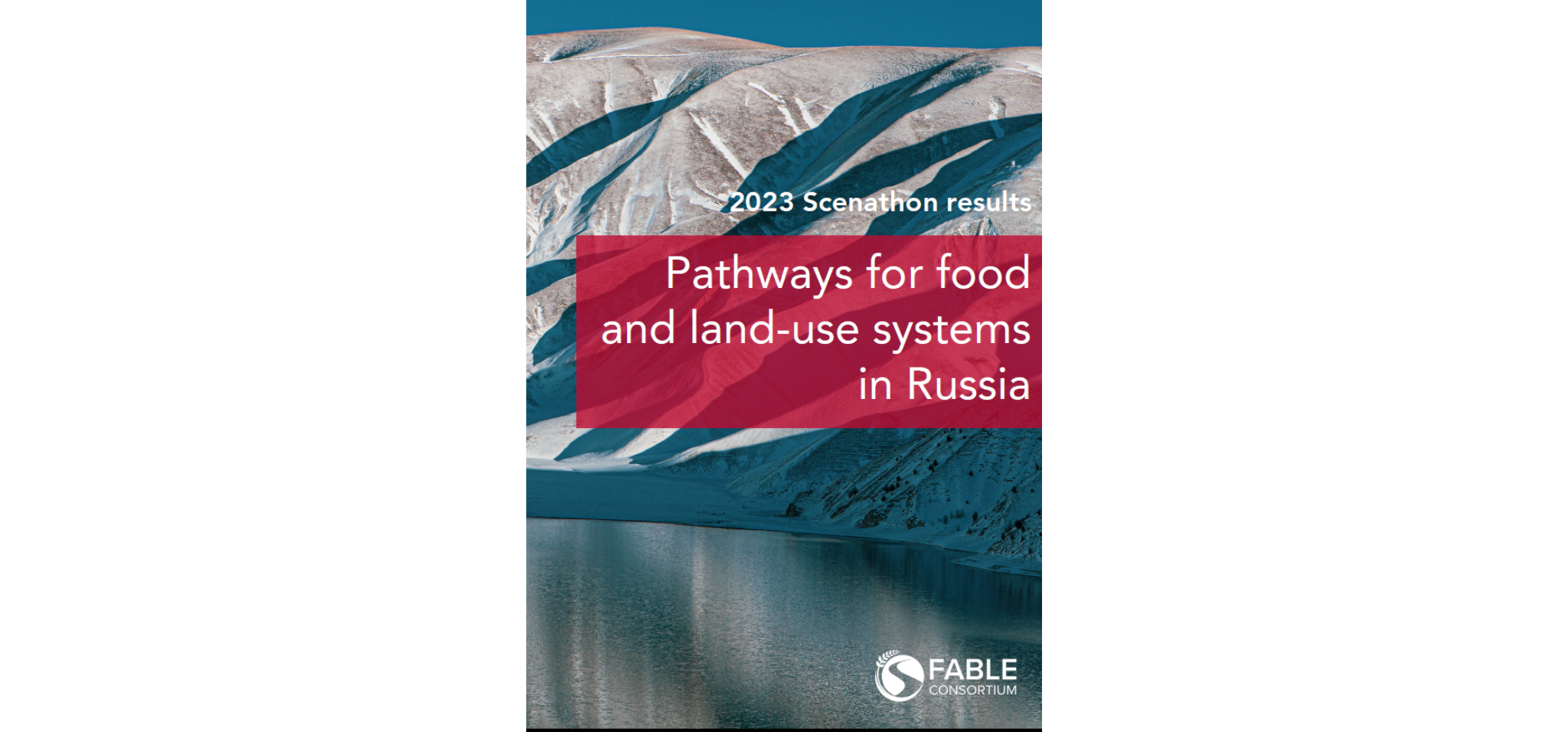 Russia
Russia
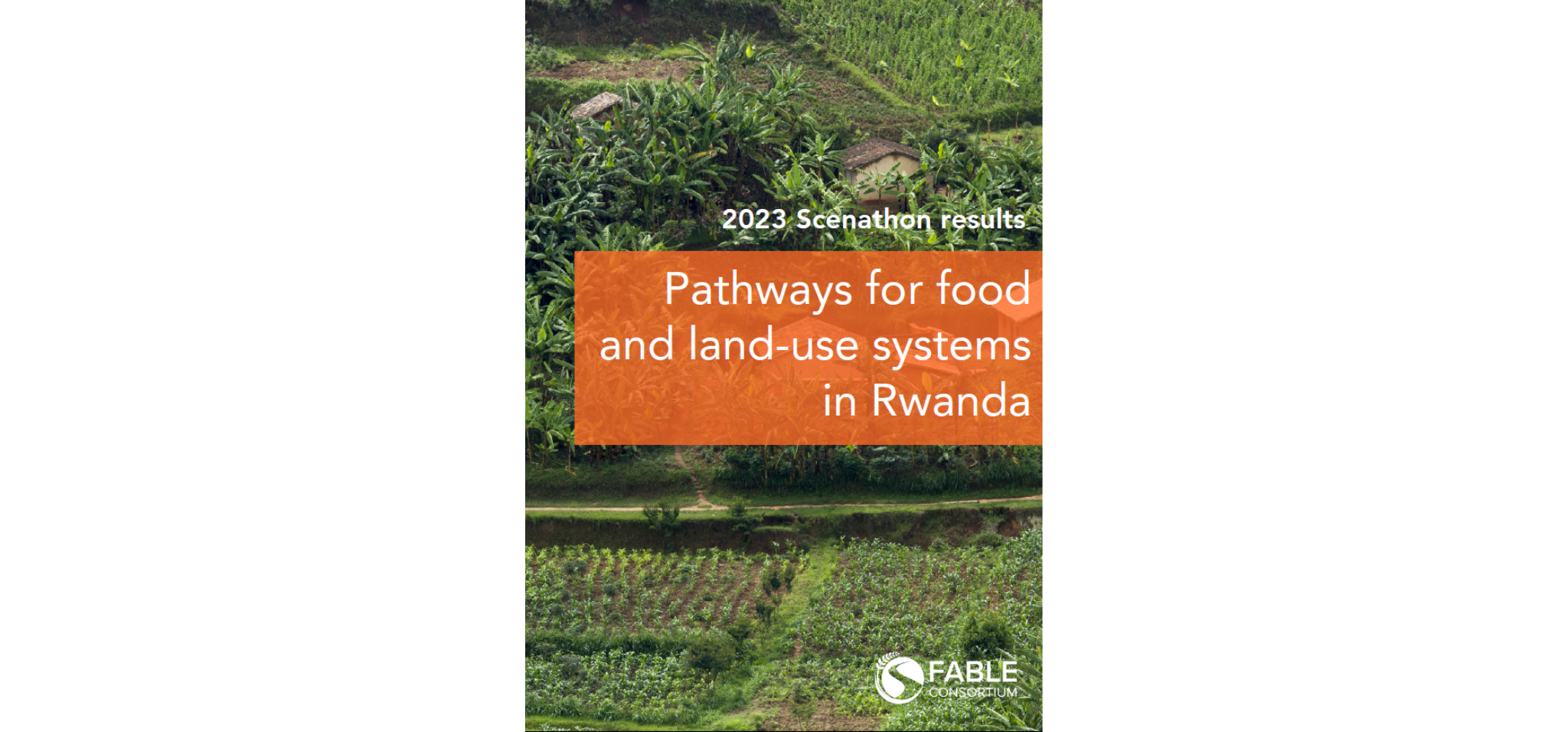 Rwanda
Rwanda
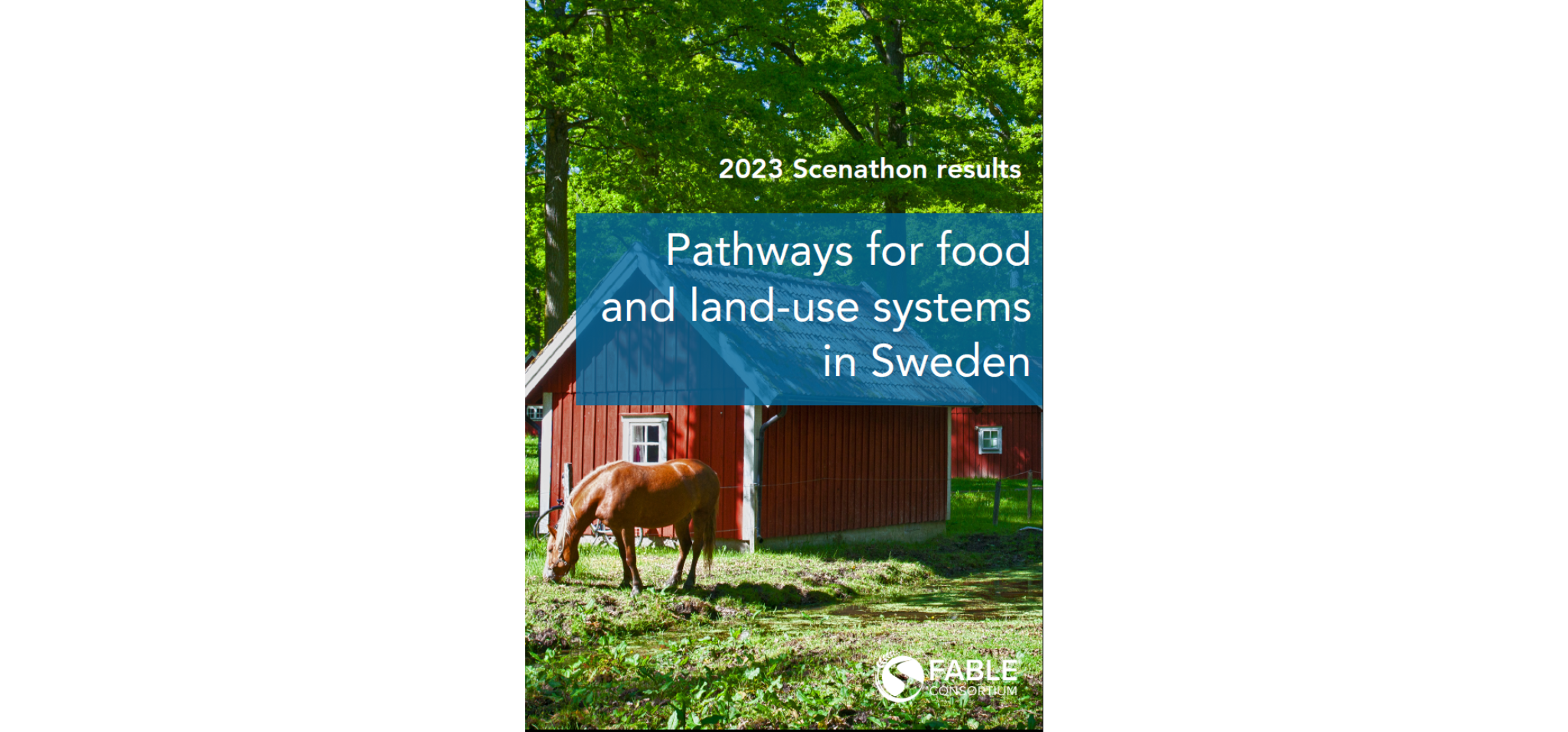 Sweden
Sweden
 Türkiye
Türkiye
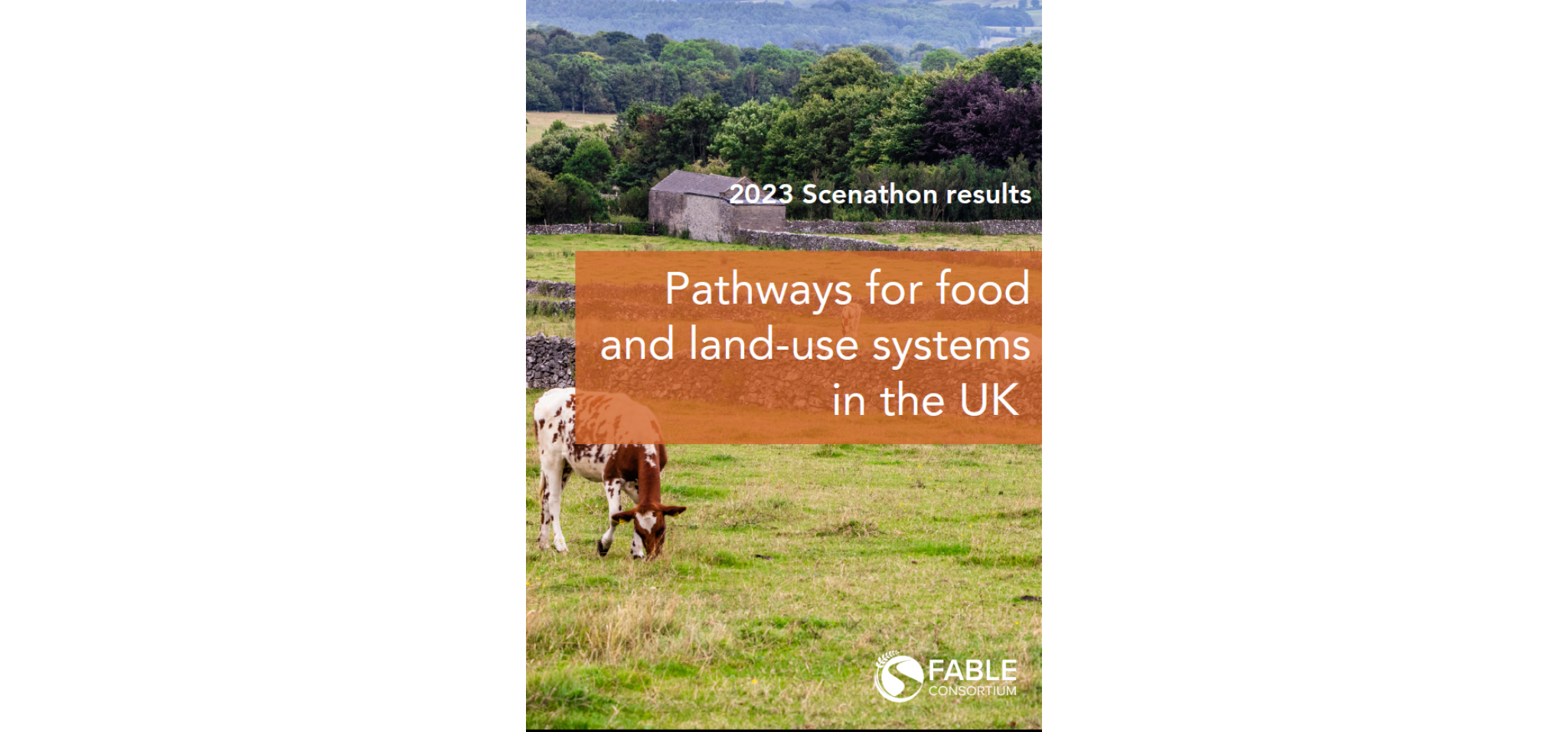 United Kingdom
United Kingdom
 United States
United States
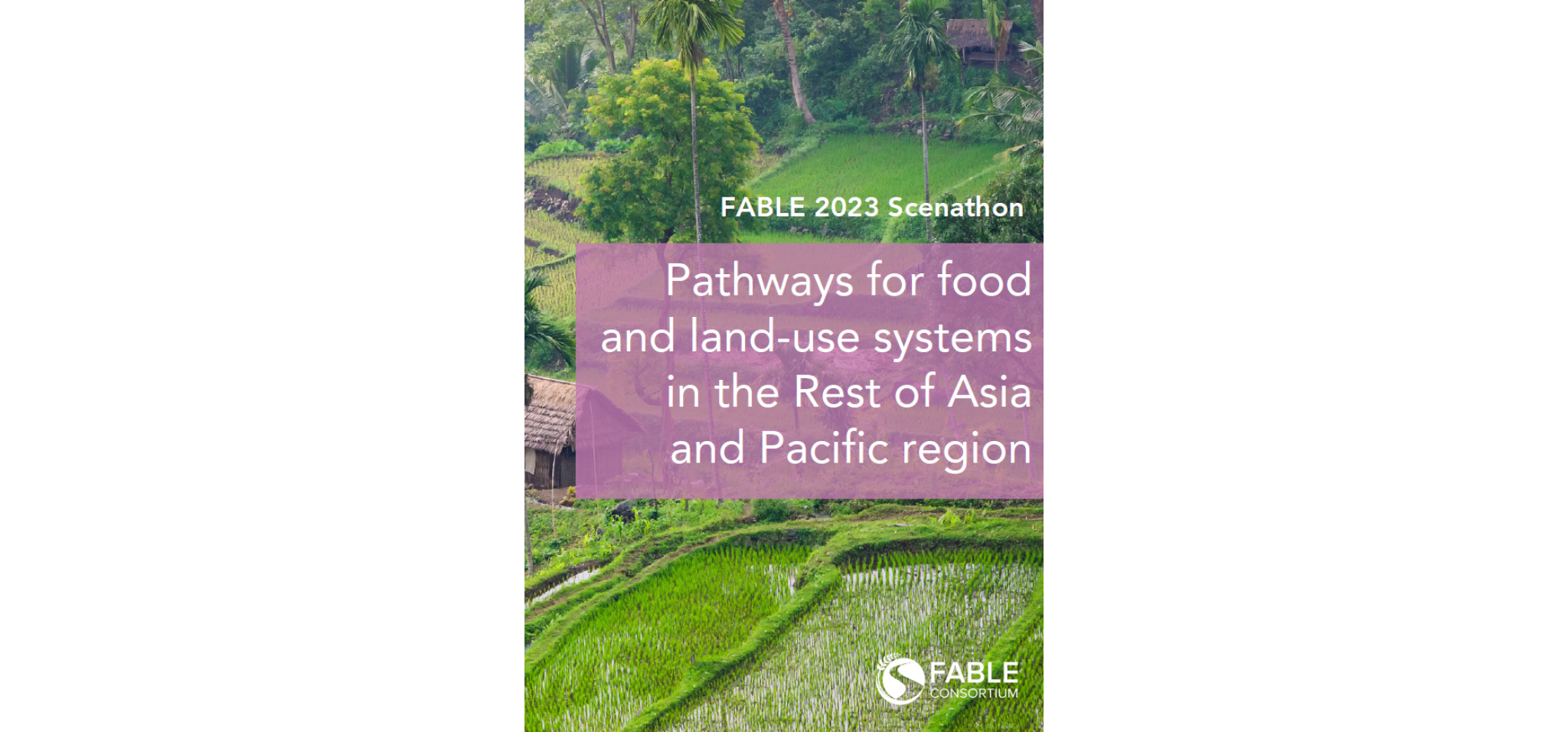 Rest of Asia Pacific
Rest of Asia Pacific
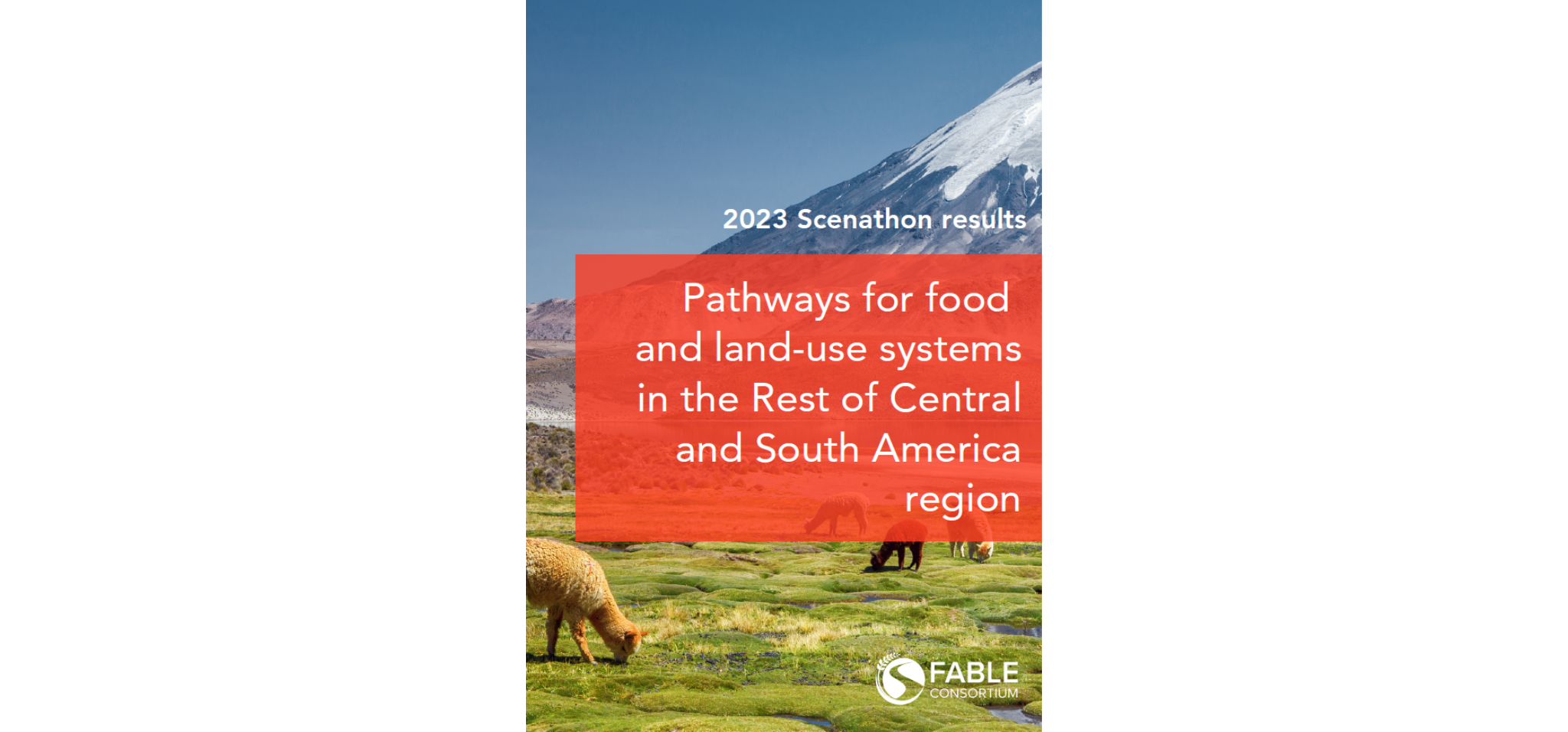 Rest of Central and South America
Rest of Central and South America
 Rest of European Union (EU)
Rest of European Union (EU)
 Rest of Europe (non-EU)
Rest of Europe (non-EU)
 Rest of North Africa, Central Asia and Middle East
Rest of North Africa, Central Asia and Middle East
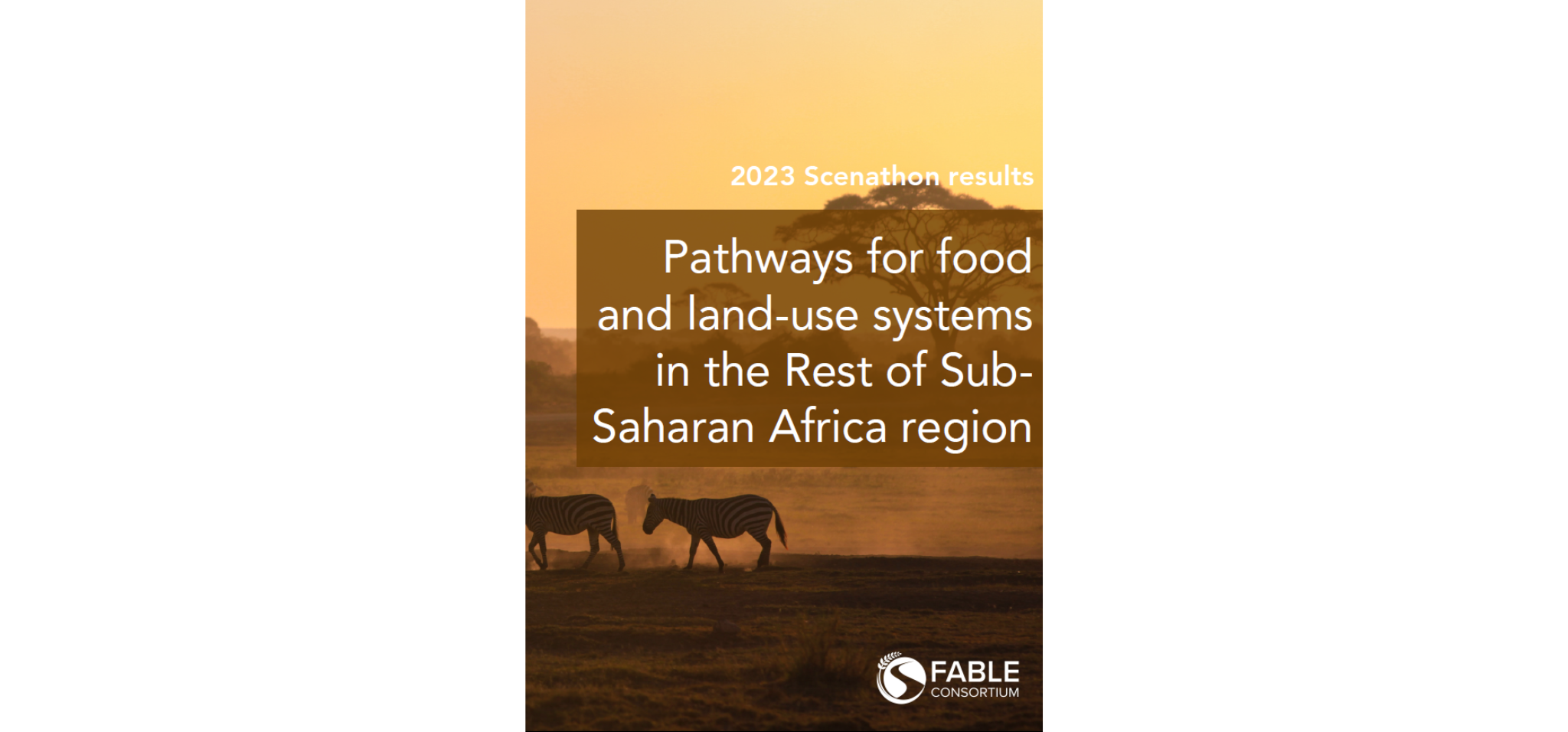 Rest of Sub-Saharan Africa
Rest of Sub-Saharan Africa